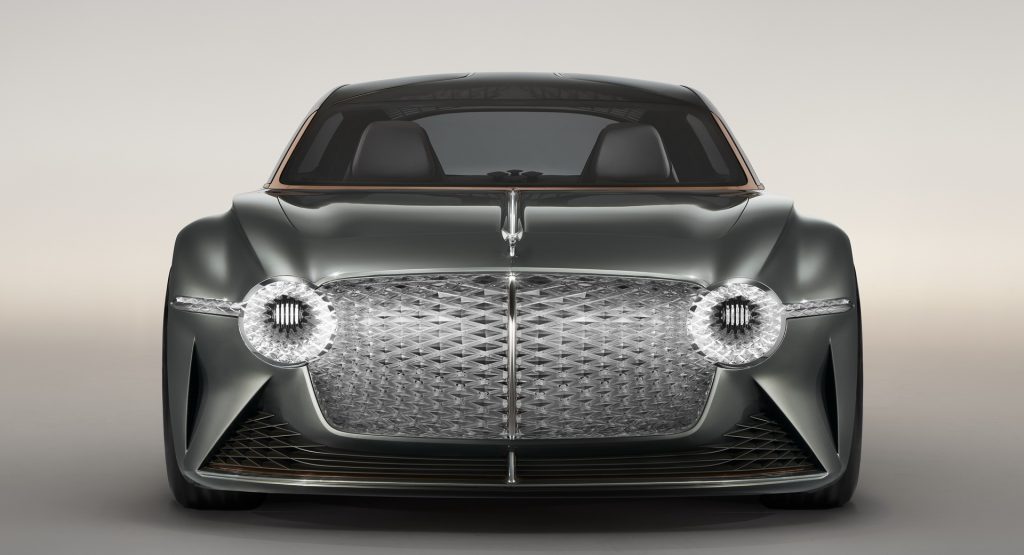Bentley is poised to roll out multiple fully-electric models in the second half of this decade, the first of which will be a high-riding saloon with EXP 100 GT-derived styling, developed through the Audi-led Project Artemis.
By high-riding, think Jaguar I-Pace – the idea is to accommodate the underfloor batteries. Like the I-Pace, it won’t be a traditional SUV and its exterior will be honed for aerodynamic efficiency.
Yet, Bentley chairman Adrian Hallmark recently told Autocar that his company hasn’t decided whether future electric models will take on the nameplate and lineage of existing combustion-engined cars.
“Our position is to look at customers and segments. As well as moving to electric, we’re going to adapt our product range because the world is changing.”
Related: VW Group ‘Landjet’ EV Flagship Will Be Built In Hanover, Germany
“We want to appeal to more women and be more relevant in future urban environments which are very much different to today, and we want to appeal to modern luxury values which are different to ones from 20 years ago. We’ve already moved with the times but the times will change again in the next 10 to 15 years. Our product format, size and naming need to fit the product character and strategy based around customers and where we see those segments going. We love our current names. Maybe they’ll continue. But we’ll always follow customers, segments and values and find a name that fits.”
The British marque is predicting that 110 kWh to 120 kWh batteries will become available by 2025, which in turn will result in larger models being able to offer a range of 400-500 km (250-310 miles). However, you’d need a 150 kWh-plus battery in order to get a full size SUV to equal the range of a combustion-engined variant.
“We think that BEVs with medium-size cars in that 2025-2030 range become feasible, and larger [electric] cars are post-2030, which is why 2030 is the date we plan to change everything.”
This suggests that Bentley is unlikely to offer a traditional grand tourer such as the Continental or Flying Spur in its initial EV range, focusing instead on something a little more crossover-like, if not unconventional.
“We’re not frozen in terms of the bodystyle and so on. But we know the technology we’re going to be using and the capabilities of that technology. We know the dimensions and the hard points that we’ve got to work with, but that’s only the basic elements, maybe 20% of the work.”
“We’ve also worked on a lot of different options in terms of design of the first car, and over the next three to six months we’ll formalise those, lock and load and be ready to go. But we’re still in that searching phase, and not in the implementation phase yet.”




